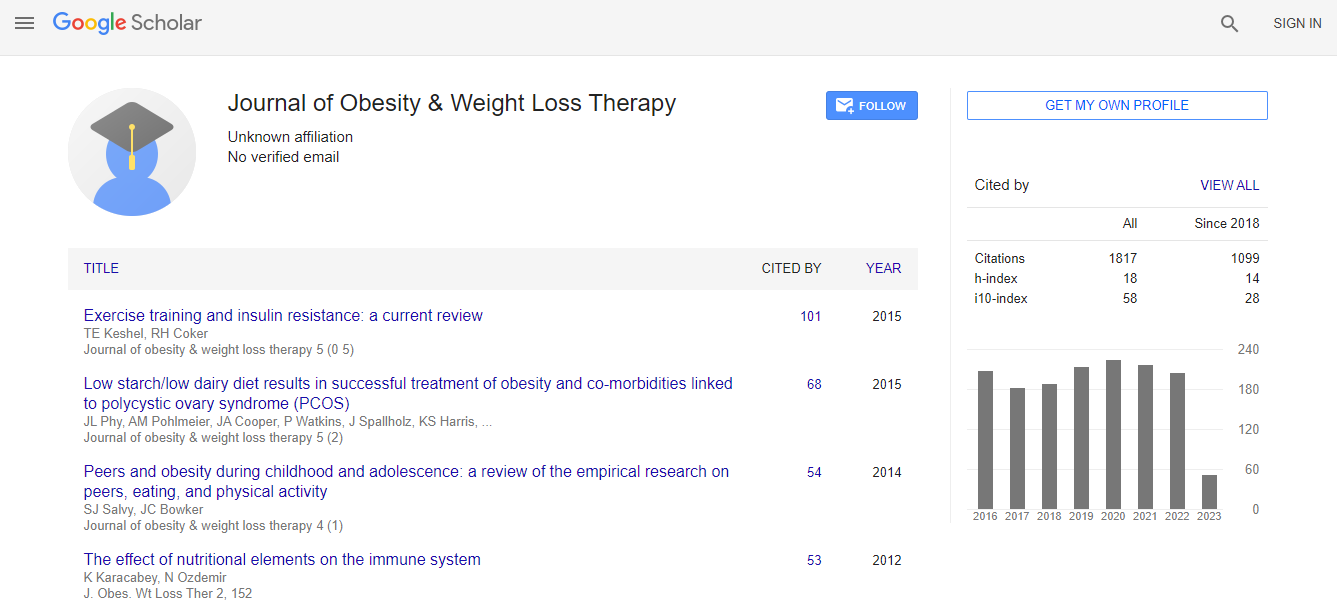Research Article
Baby got Back: Some Brief Observations on Obesity in Ancient Female Figurines: Limited Support for Waist to Hip Ratio Constant as a Signal of Fertility
| Robert King* | |
| Lecturer, Applied Psychology, School of Applied Psychology, University College Cork, Ireland | |
| Corresponding Author : | Robert King Lecturer, Applied Psychology School of Applied Psychology University College Cork, Ireland E-mail: r.king@ucc.ie |
| Received November 19, 2012; Accepted February 02, 2013; Published February 04, 2013 | |
| Citation: King R (2013) Baby got Back: Some Brief Observations on Obesity in Ancient Female Figurines: Limited Support for Waist to Hip Ratio Constant as a Signal of Fertility. J Obes Wt Loss Ther 3:159. doi:10.4172/2165-7904.1000159 | |
| Copyright: © 2013 King R. This is an open-access article distributed under the terms of the Creative Commons Attribution License, which permits unrestricted use, distribution, and reproduction in any medium, provided the original author and source are credited. | |
Abstract
Venus figurines such as the famous Willendorf Venus provide a possible window into the reproductive preferences of ancestral humans. These figurines cover a period of about 20000 years of human history and have been found across ice-age Europe. There are a number of unknowns about such figurines. For example, they may be votive offerings, idealisations, or have some as-yet, unguessed-at function. Ancient figurines typically display body types considered obese by modern standards of medicine and aesthetics. While some have averred that such figurines show a marked change in human body preferences over thousands of years it is possible that this has been an artifact of particular approaches to measure such figurines. Measuring a fuller extent of the markers of fat deposition seems to support a case for arguing that male preferences have broadly tracked fertility markers over ancestral time.
The waist-to-hip ratio is arguably a more important fertility marker than obesity per se and a 0.7 ratio has been found cross-culturally and in this sample. It is likely that such preferences have been further calibrated by local ecological variations for example as regards food supply but these calibrations would not have a great impact on proportionality preferences. Great caution must be taken in reading too much into such a limited sample

 Spanish
Spanish  Chinese
Chinese  Russian
Russian  German
German  French
French  Japanese
Japanese  Portuguese
Portuguese  Hindi
Hindi 
